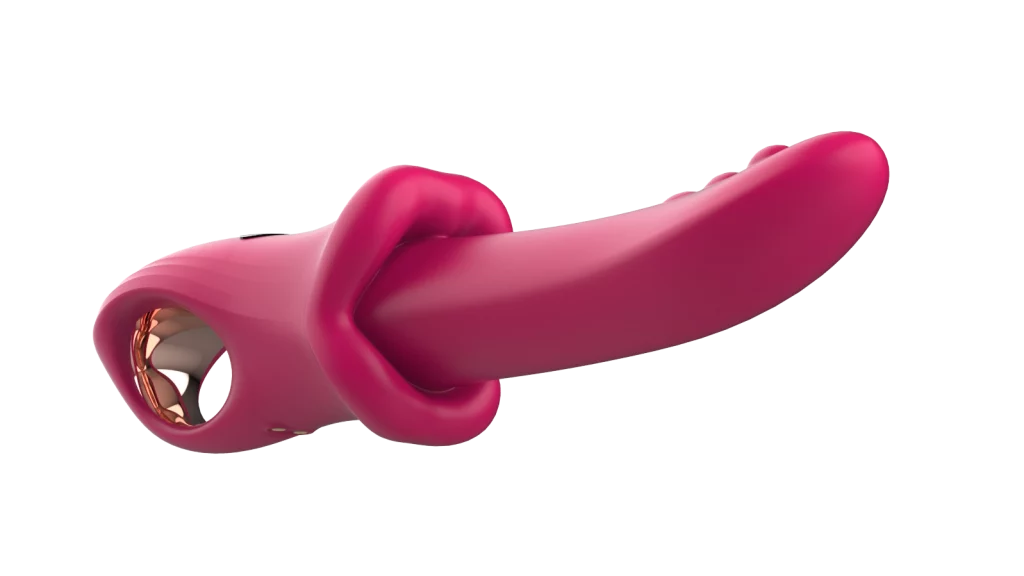![]()
Exploring Different Materials Used in Baby Toys
The material is fundamental in selecting baby toys. Different materials are used in making toys intended for babies. They include plastics, wood, fabrics, and silicone, among others. These materials possess unique properties that influence their safety for infants. Plastic toys are rather common due to their durability and affordability; however, some of them may contain very harmful chemicals, such as BPA. Wooden toys are natural and durable, yet heavy and sometimes prone to splinters. Fabric toys provide gentleness but can be hazardous when housing bacteria if not hygienically cleaned. Silicone is a multi-functional material that merges most positive qualities of safety, durability, and comfort.
Advantages of Using Safe Materials for Baby Products
All in all, materials play a prime role in any baby product with regards to priorities. Choosing material ensures that a child has less possibility of meeting life-threatening components that have developmental and allergic issues. Indeed, parents who always put the safety of their kids first are assured of safety of the materials involved. Besides, the selection of materials can contribute to longevity and functionality, thus making the product a smart choice for families in the long run.
Benefits of Silicone Baby Toys for Safety
Non-Toxic Properties of Silicone
Silicone infant toys are well known for their materials that parents appreciate to ensure their babies are not exposed to harmful chemicals. They are created from BPA food grade silicone to guarantee a secure and non toxic experience, for babies when they explore with their mouths during their early developmental phases.
Durability and Resistance to Damage
Silicone is recognized for its toughness and ability to withstand wear and tear from children’s handling—a crucial factor in ensuring durability for young ones’ items. While some materials are prone to cracking or breaking easily, silicone remains sturdy over time, maintaining both longevity and safety requirements intact.
Easy Cleaning and Maintenance
Silicone baby toys have a perk when it comes to cleaning and upkeep – their wide mouth design makes it a breeze to clean them inside out and prevents bacteria buildup effectively for hygienic playtime even with daily use! This feature is especially handy for parents on the go, who need efficient cleaning options.
Enhancing Comfort with Silicone Baby Toys
Softness and Flexibility of Silicone Toys
Silicones natural softness and bendability make it a perfect choice for baby toys meant to bring comfort to ones. These characteristics enable silicone toys to be gentle on gums during teething, while also being durable enough to withstand chewing without losing their shape.
Temperature Resistance and Its Impact on Comfort
Silicones ability to withstand temperatures is a key factor in enhancing comfort levels significantly. It is crafted to handle heat up to 100°C seamlessly, allowing for a transition between cold and hot drinks. This ensures that silicone toys can maintain their shape and functionality even when exposed to different temperature extremes.
How Silicone Toys Promote Sensory Development
Baby toys made of silicone are crucial, for enhancing skills as they engage various senses all at once. Their different textures offer tactile experiences. Their bright colors attract visual attention. Their flexibility makes it easy for babies to handle them and helps in developing motor skills as they hold onto them tightly, squeeze them or even chew on these toys.
When parents opt for silicone baby toys made by known brands such as CASINDA – a trusted provider of top-notch silicone rubber items – they can be confident that they are offering their children safe and long-lasting products that support their developmental needs effectively. CASINDA’s dedication to quality is clear, from its certifications – accredited under ISO 9001_2015 and ISO 14001_2015 standards – assuring consumers that they are purchasing products manufactured with strict quality controls in place.
Integrating silicone baby toys into your child’s playtime not only ensures safety but also boosts comfort and aids in important developmental milestones with features crafted for young learners’ needs.
Comparing Silicone with Other Common Toy Materials
![]()
Differences Between Silicone and Plastic Toys
Silicone and plastic are commonly used materials in making baby toys with unique qualities each brings to the table. Plastic toys are popular for being affordable and long-lasting; however, they can be worrisome due to containing substances such as BPA. On the other hand, silicone toys are created from food-grade silicone that is BPA-free (Bisphenol A), guaranteeing a safe and nontoxic experience for every little one – making them a preferable choice. Silicone is more flexible than plastic and offers a softer feel that is gentle on a baby’s sensitive skin.
Comparing Silicone to Rubber in Terms of Safety
When discussing the differences between silicone and rubber in terms of safety concerns, take precedence. Rubber playthings might include latex, a substance that could cause responses in certain kids. In contrast to this scenario is silicone; it’s hypoallergenic and doesn’t present such dangers. Furthermore, due to silicone’s durability against temperatures and its non-absorbent quality, it’s less prone to harboring bacteria compared to rubber. These characteristics make it an optimal choice for baby toys where cleanliness and safety are essential factors to consider.
Choosing the Right Silicone Baby Toy for Your Child
Age Appropriateness
Choosing toys that’re suitable for a child’s age is important to make sure they are safe and support their growth and learning needs effectively.
Design and Functionality
The way silicone baby toys are designed and how they work are factors in how well they help with development tasks for children’s growth and skills improvement. Textures and shapes in the toys can help with sensory exploration and developing fine motor skills. Additionally, toys that serve more than one purpose, such as teething rings that also function as rattles, give extra benefits by catering to various developmental needs at once.
Exploring CASINDA Silicone Baby Toys
![]()
CASINDA is recognized for its excellence in creating silicone infant toys thanks to its cutting edge manufacturing abilities and strong commitment to ensuring quality standards are met consistently. Established in 2017, CASINDA has significantly grown its business by forming lasting partnerships with known firms, like Jabil, Flextronics and Vtech.
CASINDA round teether prioritizes both safety and practicality in its design approach. Its innovative features and advanced technology aim to aid in children’s development while reassuring parents about their child’s welfare and development.
When you introduce CASINDA silicone baby toys into your child’s playtime schedule, you guarantee that they will enjoy playing with safe materials that provide comfort and encourage the development of important skills through fun and interactive experiences designed specifically for young learners.
Silicone Baby Toys FAQ
Q: How to clean silicone baby toys?
A: Remember to wash with soap and warm water or boil for five minutes before drying to prevent bacterial growth caused by moisture.
Q: Can silicone rubber toys help children develop?
A: Absolutely! Silicone toys are available in an array of shapes and styles to cater to children’s needs and preferences, in playtime activities and learning experiences that promote problem-solving skills and coordination abilities while keeping them engaged and supporting their overall development.







